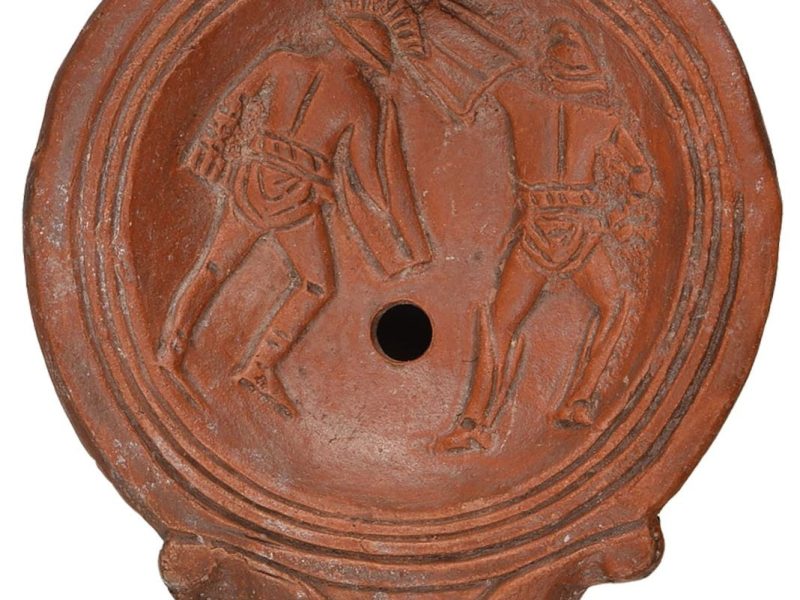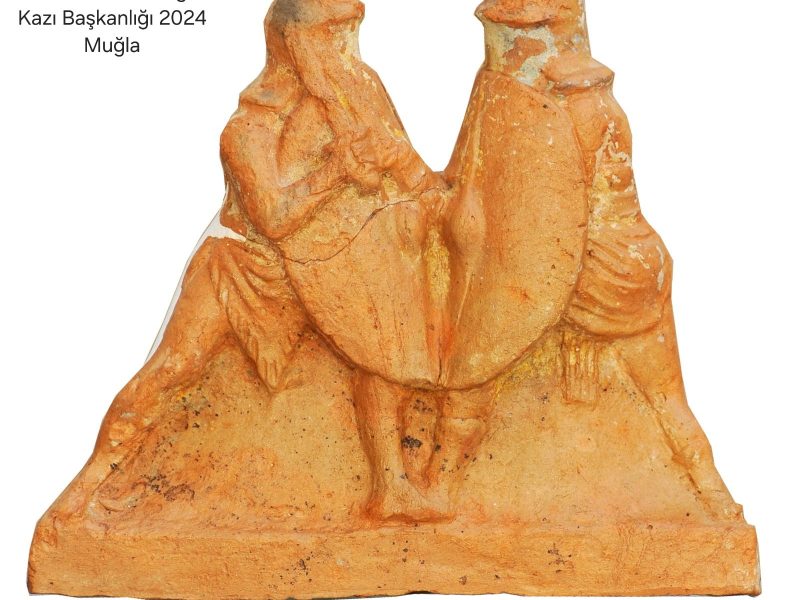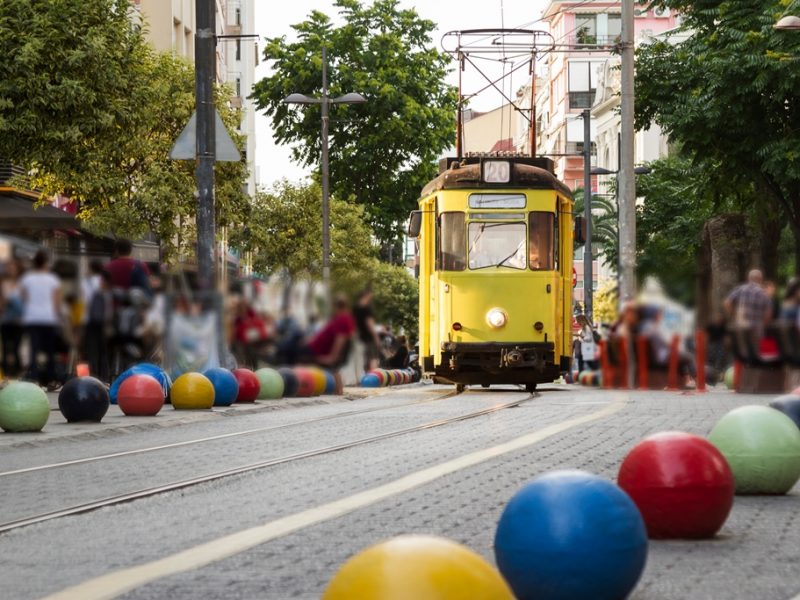Step back into the world of ancient warriors with our exclusive Gladiator-themed tour, launching this November to coincide with the release of the movie Gladiator II. Travel through the rich landscapes of Turkey, where gladiatorial games once captivated Roman audiences. From Istanbul’s ancient Hippodrome to the grand theaters of Ephesus, Aphrodisias, and Aspendos, experience the thrilling history of these legendary fighters. Explore reconstructed gladiatorial relics, stadiums, and tombs that reveal the stories of warriors who fought for glory and survival. This journey will take you across iconic ruins and archaeological wonders, immersing you in a time where combat, spectacle, and bravery defined the Roman Empire’s entertainment. Whether you’re a history enthusiast or captivated by the ancient world of gladiators, this adventure offers a once-in-a-lifetime experience that blends culture, history, and action-packed exploration.







